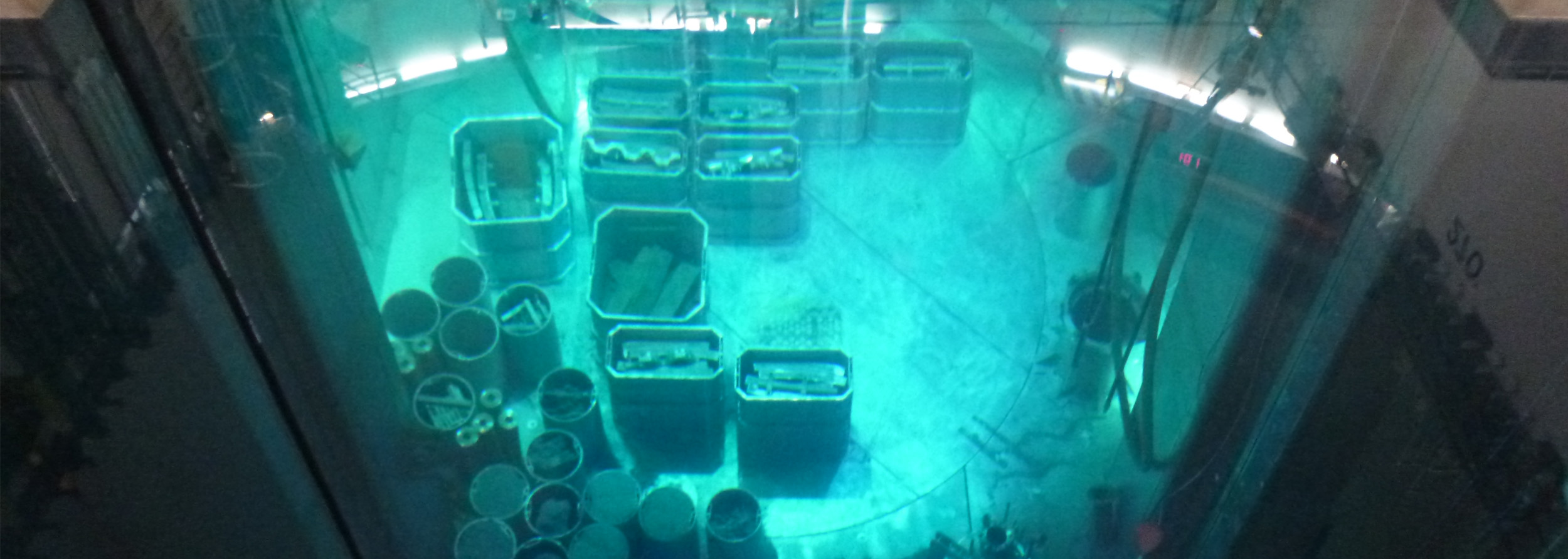
In 2017, PreussenElektra awarded the contract to dismantle and package the reactor pressure vessel internals in six of its nuclear power plants due for decommissioning to the bidding consortium ZerKon, consisting of the three companies GNS Gesellschaft für Nuklear-Service, Westinghouse Electric Germany and Westinghouse Electric Sweden.
The ReaDi (“Reactor Dismantling”) project carried out by GNS together with H&B comprises the complete dismantling and packaging of the six reactor pressure vessels, each weighing between 400 and 500 tons, at all nuclear power plant sites of PreussenElektra GmbH (PEL) for final disposal. The RPV fleet is dismantled cold mechanically using a large bandsaw system (GBSS) specially developed by H&B.
In summer 2007, GNS has brought four steam generators from the dismantling of the German nuclear power plant Stade to Studsvik to Sweden. First, the steel giants were "disconnected from the system". Therefore the pipes that they combined on one side with the reactor and the reactor coolant pumps and on the other side with the turbines in the power house were cut.
The openings were closed with a welding procedure according to the specifications of GNS, previously approved by the Federal Institute for Materials Research and – testing. In Sweden, 660 tons of components - 100 tons more than a fully loaded and fully fueled Airbus A380 - had to be dismantled and controlled recycled.
From 1964 to 1985 research reactor FRJ-1 (MERLIN) was operated on the site of the Research Centre Jülich (FZJ). At the end of 2000 GNS has won a contract to decommission the reactor.
The demolition was carried out in various mining phases from top to bottom, reducing the reactor block from the inside out to exploit the maximum shielding effect.
The decommissioning of the reactor was successfully completed in late 2003.